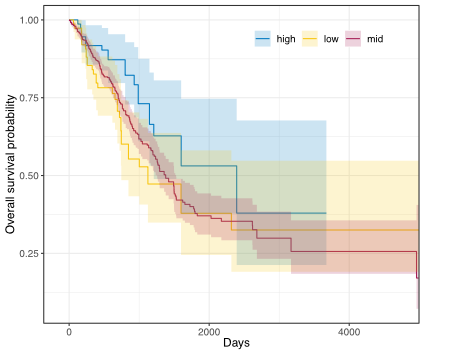Other analysis examples
Studying the 3' end of short RNAs, such as transfer RNAs (tRNAs), is often a valuable focus in RNA analysis. This region typically contains the CCA sequence, which is essential for the attachment of amino acids during protein synthesis. The 3' end of tRNAs is crucial in their function and stability. (Pearce et al. 2017, Van Haute et al. 2024). Check our video about PDE12 here
3’ End sequencing (MPAT-Seq)
HITS-CLIP
HITS-CLIP (High-throughput sequencing of Immunoprecipitated CLIP) is a robust method to investigate the interaction between RNA-binding proteins (RBPs) and RNA molecules (Ohkubo et al. 2021)
HITS-CLIP is performed by first crosslinking the RBP of interest to the RNA molecules in cells or tissues. Then, the crosslinked complexes are immunoprecipitated using an antibody against the RBP, and the bound RNAs are isolated. The RNAs are then reverse-transcribed, and the cDNA is used as a template for PCR amplification. The final product is sequenced using high-throughput sequencing.
HITS-CLIP has proven invaluable in studying various biological processes, including transcription, translation, and RNA stability. Despite its strengths, the method comes with certain limitations. These include the requirement for a substantial amount of starting material, the potential for off-target binding events, and the necessity for computational analyses to identify specific binding sites precisely. Careful consideration of these factors is essential for accurately interpreting HITS-CLIP results.
Survival analysis
Survival analysis is a statistical approach used to analyse the time until an event of interest occurs. This type of analysis is particularly relevant in medical research, epidemiology, and other fields where the time to an event, often termed "survival time," is a crucial outcome. The event of interest can include various endpoints, such as death, relapse, failure, or any other defined occurrence.
Complex network analysis
Studying protein regulatory networks in biological systems is crucial for unravelling cellular processes' complexity. Network analysis provides a holistic view of these interactions, aiding in identifying key regulators and their roles in health and disease.





